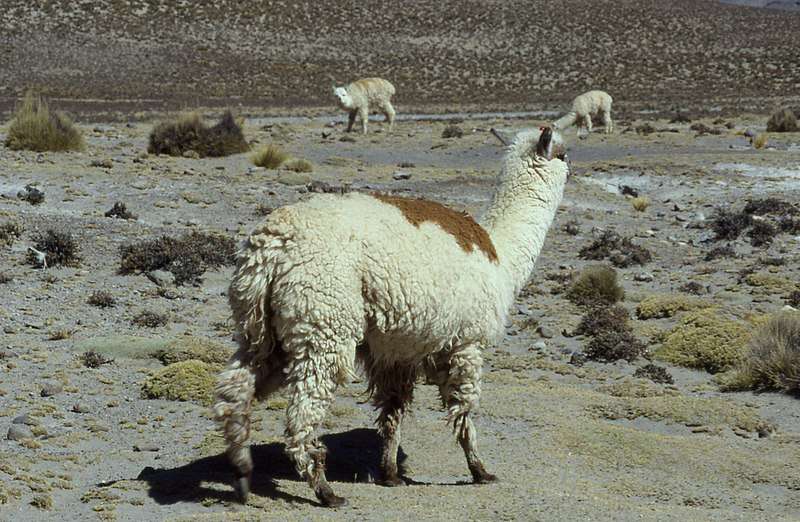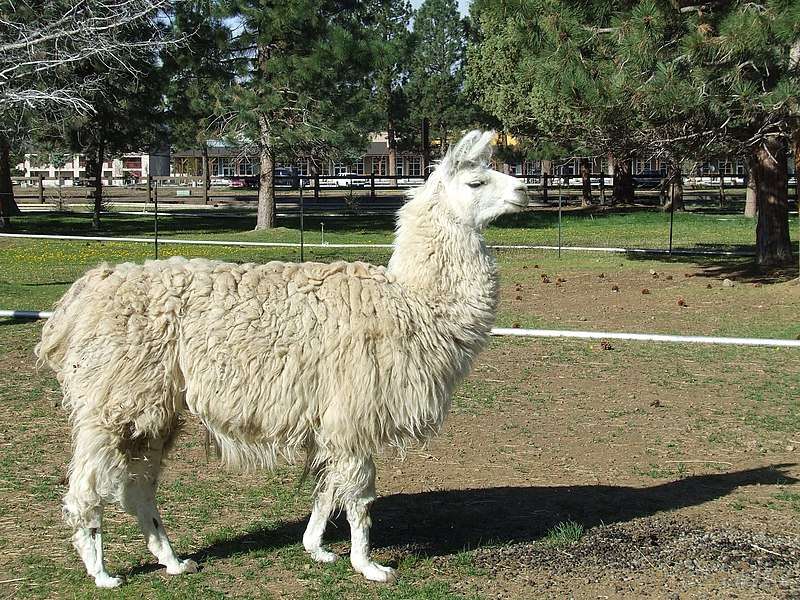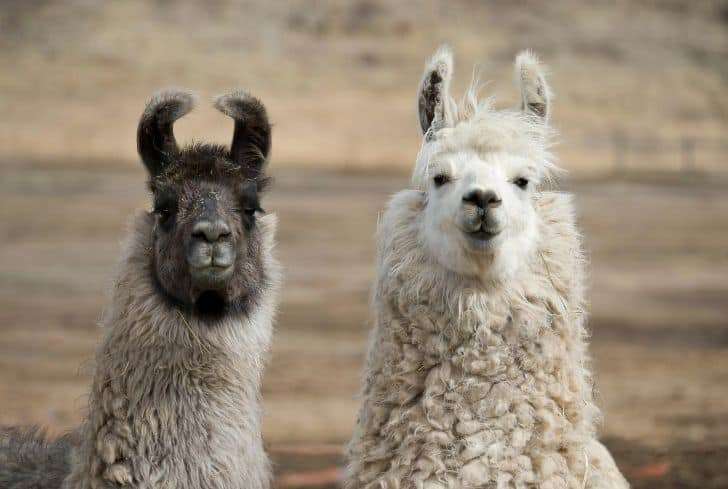
Description:
Alpacas have a long neck, small head, long, pointed ears, and a lean physique. The silky fabric, sometimes known as fleece, that covers their bodies is their most distinctive characteristic. The Huacaya breed is characterized by round, hefty animals. Huacaya fiber is thick and dense and grows perpendicular to the alpaca’s body. Compared to Suri, its sponge-like fiber’s curls are shorter and duller, and the wool grease that Corriedale sheep are known for is not present.

Behavior:
Alpacas are kind, intelligent, easy to handle animals, and each one has a distinct personality. Alpacas are herd animals and should not be raised alone as they are shy but very curious, calm, and intelligent. They establish connections based on where they stand within the group.
Alpacas have just bottom teeth, therefore they are powerless to defend themselves. They cannot cause much damage by kicking since the bottom of their foot is padded. Their natural propensity is to flee when confronted by a human because their main form of self-defense is running away. After they learn to know their owners, form a bond of trust, and feel secure, this tendency lessens.
Benefits/Uses:
Currently, this llama is significant to the South American economy. Their manure is used as fuel and fertilizer, and in addition to their fiber, their flesh, skin, and toys may all be made from them.
Origin/History:
It is believed that the Huacaya alpaca was first domesticated in post-colonial Peru. This is because, after being forced into Peru’s highlands by the arrival of the Spaniards, their thicker fleece makes them more equipped to survive in the higher altitudes of the Andes. In human care, they have now expanded across the globe.
Table





